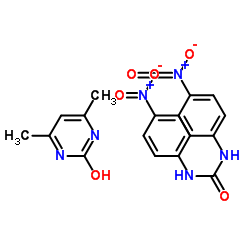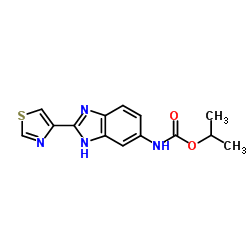| Structure | Name/CAS No. | Articles |
|---|---|---|
 |
Nicarbazin
CAS:330-95-0 |
|
 |
Rafoxanide
CAS:22662-39-1 |
|
 |
Cambendazol
CAS:26097-80-3 |